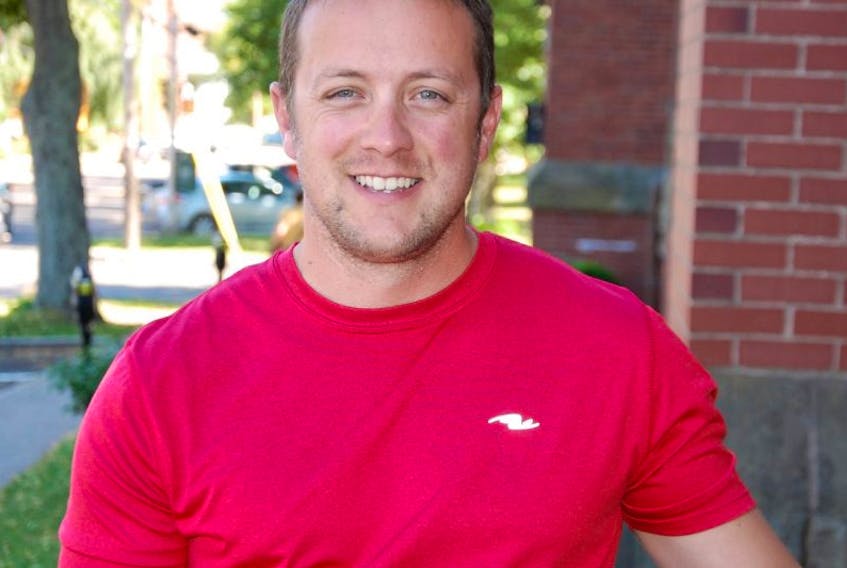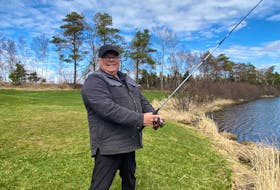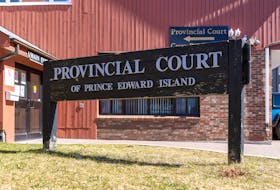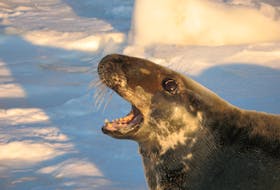The air quality had never been so poor.
“It was a lot worse than any other fire I had been to,’’ says Thompson, 37, of Stratford.
Thompson, a provincial forest technician, has fought dozens of forest fires in P.E.I., Nova Scotia, Alberta and Montana.
He was one of 12 Island forest firefighters – all employees with the province’s Department of Communities, Land and Environment - that teamed up with six firefighters from Newfoundland/Labrador to help contain wildfires in British Columbia.
Real scorcher
The BC Wildfire Service says since April 1, British Columbia has seen 892 wildfires, which have burned 591,000 hectares – an area larger than the entire province of P.E.I.

The team was assigned to the Gustafson fire in the area of 100 Mile House, about 200 kilometres north of Kamloops, B.C. The sustained action team worked to secure the fire perimeter, identify hot spots, and extinguish deep-burn ash pits to prevent flare-ups.
Thompson and his fellow Island forest firefighters were on the fire line for more than 13 hours per day in what is a true test of fitness and training.
Each firefighter that volunteered needed to first pass the WFX FIT test, which is a physical performance standard used to determine whether an individual possesses the physical capabilities necessary to meet the rigorous demands encountered while fighting wildland fires.
Thompson drank at least eight bottles of water each day while on the fire line. He also packed plenty of bananas, apples and granola bars to curb his hunger.
“With it being so hot, just keeping hydrated (is critical),’’ he says.
“You have a fairly good weight of gear that you are walking with, so it can be physically demanding that way as well.’’

The Island firefighters fared well in battling the wildfires and measuring up to the physical demands, he notes.
“Pretty smooth, actually…there wasn’t any big incidents where anyone got into any trouble or anything like that,’’ he says.
“It’s always great to have more firefighter experience,’’ he adds.
“I find every fire I’m always learning something.’’
Communities, Land and Environment Minister Robert Mitchell lauded the work of P.E.I.’s 12-person firefighter crew.
“They played a pivotal role in containing the Gustafson fire and have a great deal to be proud of,’’ says Mitchell.
The Gustafson fire was estimated to cover more than 6,000 hectares but is now being reported as 100 per cent contained.









